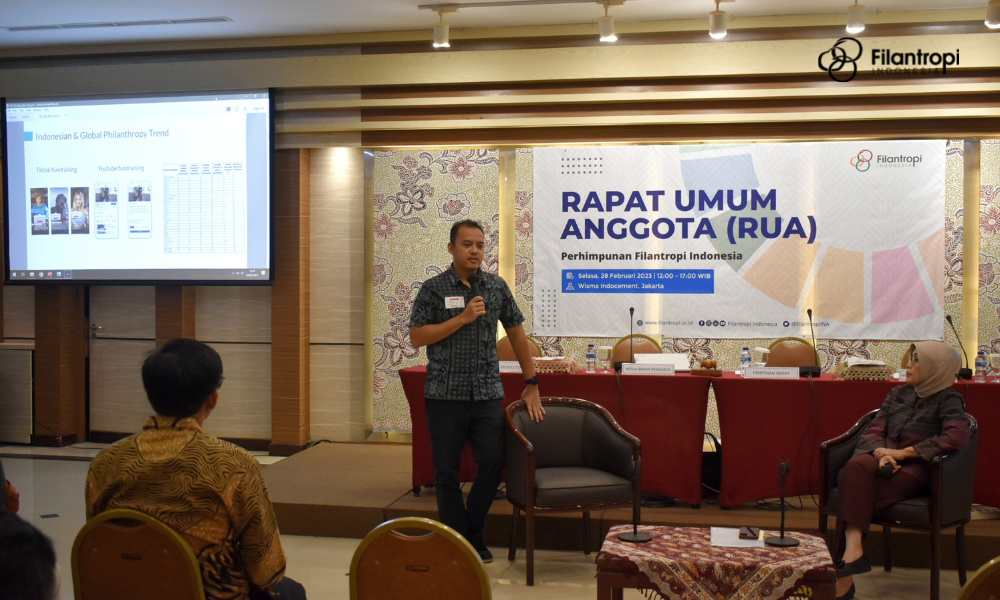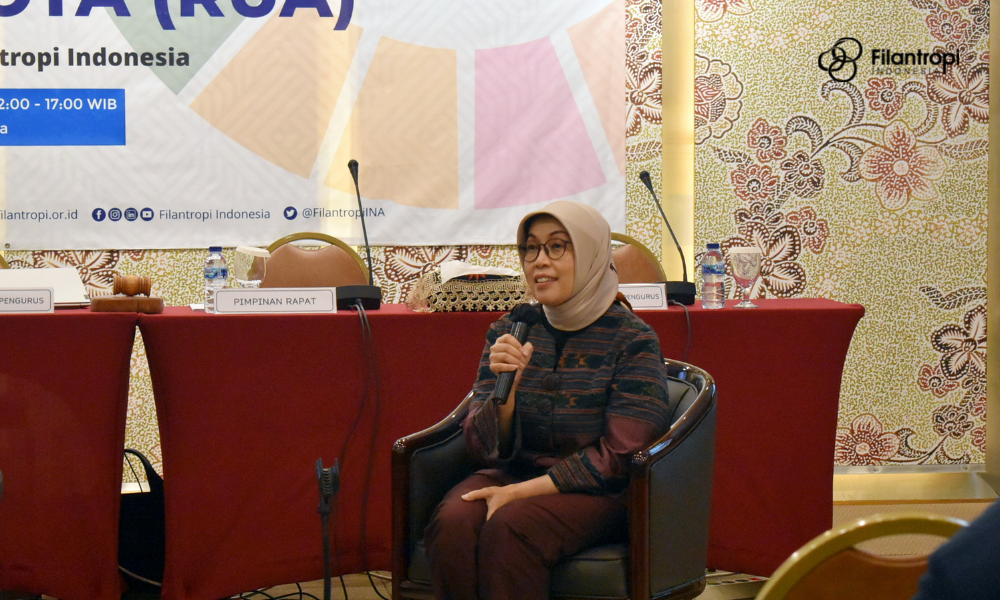Fundraising Findings in Aggressive Crowdfunding Trends

Fundraising activities through digital channels are still in demand by the public, especially fundraising by the public, which we know as crowdfunding. The use of social media channels has become a ‘new field’ for presenting campaigns and programs to raise funds. For example, more than USD 7 million has been raised in the UK through Facebook Fundraiser over the last five years and has been used for social/philanthropic activities. The form of a campaign is not only through socialization and promotional content but also in the form of educational and informational content whose contents are very close to the community.
Now, the philanthropic movement through public fundraising has been dominated/easily mobilized by young people such as the Millennial generation and generation X. This has also been followed by the rise of small donations (micro giving) in several campaigns on the crowdfunding platform. The accountability for the raised campaign was conveyed directly using social media channels, so the public support was massive and made a bigger impact.
This discussion regarding crowdfunding trends was explained by Alfatih Timur, Co-Founder and CEO of Kitabisa.com, at the General Meeting of Members (RUA), on 28 February. ‘Mas Timmy’ said that the existing trends also have a positive impact on the philanthropic digitalization era.
Read also: Encouraging Collaboration and Synergy to Achieve Sustainable Development Goals
There has been an increase in transaction of e-wallets, which support micro-giving from youth. In addition, campaigns carried out by the community segment (community-based) are easier to get attention. In the content approach, the movement is organic, so the common goal of carrying out social activities is the reason for the high community base in campaigning. “Of course we know, donors want to feel they belong, not only to the issues he supports but to whomever he donates and engages with the content he supports,” he said. The micro-influencer effect is also quite influential in campaign amplification in attracting public fundraising attention.



At the level of the fundraising category, medical and health assistance are still the most popular fundraising themes, besides humanity issues and natural disasters. In addition, Mas Timmy said that there are many short-term fundraising issues, even though philanthropic movements prioritize long-term funding. The influence of this system is influenced by most of the programs of CSO/philanthropic institutions in supporting activities that are one-time events. Even so, some activities are carried out periodically so that the social impact can be assessed as sustainable.
Closing his presentation, Mas Timmy assessed that Corporate Social Responsibility (CSR) remained a positive value in philanthropic activities, especially during the COVID-19 pandemic. “CSR is still an important model, an important strategy for philanthropic activities,” he concluded.

